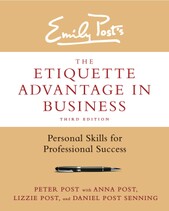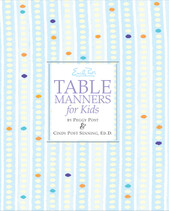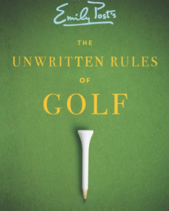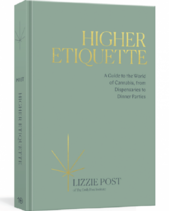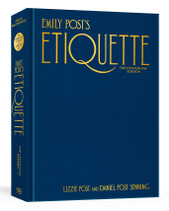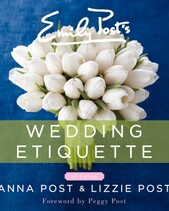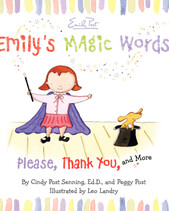
Emily's First Novel
Emily Post, a cultural icon and a household name for countless Americans, remains known today for her timeless advice on entertaining, weddings and all things etiquette. Yet many of her readers are unaware of the remarkable events that contribute to her own life story. We at The Emily Post Institute believe that the factual accounts and inherited tales of Emily Post as a person should not be forgotten. Our Historical Emily Post series will attempt to present brief windows into the lesser-known life and work of Emily Post in her contemporary moment.

“Domestic details bore me.”
These words come from the hand of a woman whose later work was to serve as the go-to guide for proper households all across the country. Perfecting and teaching the art of throwing parties in the home, how to set a table, manners for parents and their children: the topics of her books and advice columns suggest that Emily Post was in fact fascinated with “domestic details.” Granted, this seemingly contradictory statement comes from Emily’s first work of fiction, a romantic novel of letters titled The Flight of a Moth that she published in 1904. Nevertheless, the protagonist of this book demonstrates striking parallels to Emily’s actual life at the time of its creation.From its pages, we can gather clues about Emily’s views on life in the home: despising not, perhaps, the domesticity of dinner parties and well-behaved children, but rather the great difficulty of living within the constraints of a marriage that smothered both Emily and her fictional heroine.
Married before reaching the age of 20, the young woman is a curious artist whose creative talents and interests abruptly halt under the discouragement of her authoritative husband. Such characteristics could easily describe either Grace, Emily’s main character in The Flight of a Moth, or Emily herself. Whereas Grace exalts in her freedom as a newly-widowed 25-year-old, however, Emily at this time was still stuck in a failing marriage to Edwin Post. Perhaps Grace’s over-exuberance at the recent death of her husband offered a vehicle for Emily to vent the frustration she could not openly express. Grace’s first lines of the story present a woman on the threshold of escape from the “conventionalities” that she criticizes throughout the story:
“It really sounds too good to be true, doesn’t it? To think that I, who have scarcely been allowed to breathe, except the regulation so many times a minute – I who have been completely suppressed all my life – am now as free as air to do exactly as I please!”
Scarcely acknowledging her husband’s passing, Grace instead celebrates her rebirth as a single woman by setting sail and exploring France and Germany on her own. She compares Paris to a big theatre, delighting in the fact that its great charm is that she is “not in the audience, but on the stage,” playing a principle role in the spectacle of the city and in the production of her own life. As a woman who stopped acting and performing music upon getting married, Emily surely dreamed of taking center stage once again as Grace does in her story. While writing this novel in 1904, Emily was still “in the audience” of her life. But she too would soon find herself on the brink of freedom. In 1905, after one of Edwin’s extramarital affairs became a form of public humiliation for Emily, she decided she had endured enough inequalities in her marriage. Shortly thereafter, she divorced Edwin, remaining unmarried for the rest of her life.
Emily was certainly remembered for the fierce independence that characterizes her fictional heroine, suggesting other similarities in their two stories of marriage and liberation from it. If Emily herself didn’t quite rebel against the futility of “domestic details,” she certainly would not stand for oppression and inequality in the home.
